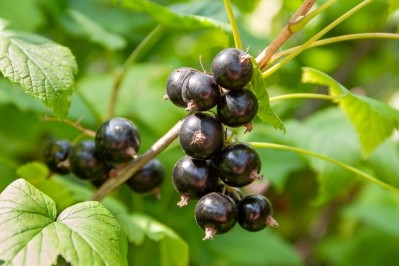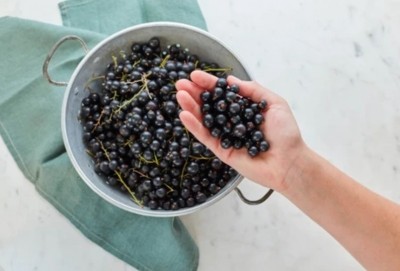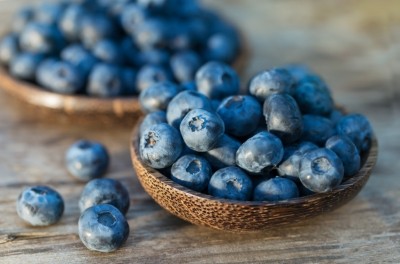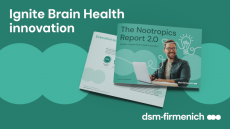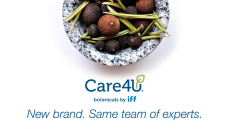10TH WORLD CONGRESS ON POLYPHENOL APPLICATIONS
3 berry interesting ideas about polyphenols
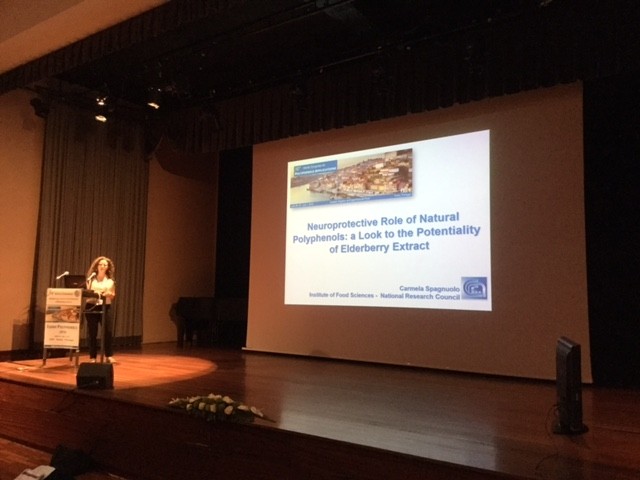
The elderberry’s flavonoid and anthocyanin content has long been mooted as the reason behind its ability to ward off common flu symptoms and other viral infections.
However, this new role could place the fruit in a nutritional food class that includes tea, wine, beer and chocolate.
Dr Carmela Spagnuolo’s work demonstrated the strong neuroprotective effect of the polyphenolic compounds found in large quantities in elderberries.
Potential use in Alzheimer's
“In our experiments we compared elderberries (and blueberries extracts), and we were able to show its ability to protect in vitro neuronal cells from death,” said Spagnuolo, who is based at the Institute of Food Sciences, National Research Council in Italy.
“Our results suggest that the neuroprotective effects induced by this methanolic extract are independent from its antioxidant activity and that are probably due to specific bioactive compounds.”
Despite the promise shown by elderberries, the fruit still suffers from a low bioavailability. In the mouth polyphenols interact with salivary proteins rich in proline.
In the stomach they are exposed to strong acidic conditions, which influence their stability. These environments significantly change their structure and biological activities.
When asked about administering these bioactive compounds in another form to improve bioavailability, Spagnuolo said: “The possible use in functional food or nutraceuticals of these compounds must provide the use of vehicles such as nanoparticles.”
Another important issue discussed was the ability of the polyphenols to cross the blood-brain barrier (BBB). Previous research has identified catechin and epicatechin as capable of crossing the BBB. However, these compounds were metabolised by specific enzymes present in endothelial cells.
Cranberry theories
In continuing the theme of berry bioavailability, Dr Begoña Bartolomé took to the stage to explore interactions between cranberry polyphenols and gut microbiota in the prevention of urinary tract infections.
Incorporating cranberries in the diet has long been thought of as an effective prophylactic strategy for urinary tract infections (UTI). Differences of opinion arise due to variability recorded among subjects and clinical methodology.
Here Bartolomé, from the Institute of Food Science Research (CIAL), CSIC-UAM, in Spain, along with her team looked at the role gut microbiota plays in subject variation in response to cranberry consumption.
“A first hypothesis is that cranberry components, such as A-type proanthocyanidins, specifically decrease the intestinal colonisation by uropathogenic bacteria, reducing the risk of UTI incidence,” she said.
Other theories outlined included the possibility that phenolic metabolites originating from the microbial breakdown of cranberry polyphenols found in urine may inhibit the mechanism of uropathogenic bacteria colonising in the urinary tract cells.
“Gut microbiota and the variation in subjects seem to be an important factor in the effectiveness of the prophylaxis against UTI,” she said.
New extraction method

Initial data findings by Ezzat Binti Mohamad Azman suggested the novel process his team were using to extract anthocyanins from blackcurrant by-products would produce yields that exhibited high stability and antioxidant activity, when compared to current methods.
Here organic solvents (methanol and ethanol), water and acetic acid buffer solutions were used resulting in the highest anthocyanin content, equal to 48.00 mg/g.
Further analysis revealed that delphinidin-3-rutinoside and cyanidin were the main free and cell-bound anthocyanins in dried skins.
The highest free phenolic content of extracts recorded was 36.80 mg gallic acid equivalents (GAE) per gram in 70% (v/v) methanol/water mixtures.
The study noted that additional analysis showed high antioxidant activity (around 60.97% inhibition at 2 mg/ml of extract), which could be down to the combination of phenolics such as hydroxycinnamic acids, flavonols and anthocyanins in the extracts.
“We used acid and hot water after consideration for the economical and safety aspects of the blackcurrant extracts. These extracts could be applied in the food and nutritional industries without harming the consumer health.” said Mohamed Azmin, who works at the University of Reading in the UK.
“Using hot water and acid are cheaper compared to using methods such as ultrasonication and supercritical fluid extraction,” he added.
“It is also fast and efficient method. By using acids (food grade), the yields are safer and so much higher compared to by using solvents.”
Source: Journal of ISANH (International Society of Antioxidants in Nutrition and Health)
Published online ahead of print, DOI:10.18143/JISANH_v3i4
“Neuroprotective role of natural polyphenols: a look to the potentiality of elderberry extracts.”
Authors: Carmela Spagnuolo et al.
“Exploring the interactions between cranberry polyphenols and gut microbiota in the prevention of urinary tract infections.”
Authors: Begoña Bartolomé et al.
“Extraction of an anthocyanin from blackcurrant (Ribes nigrum L.) by-products”
Authors: Ezzat Mohamed Azman et al.

